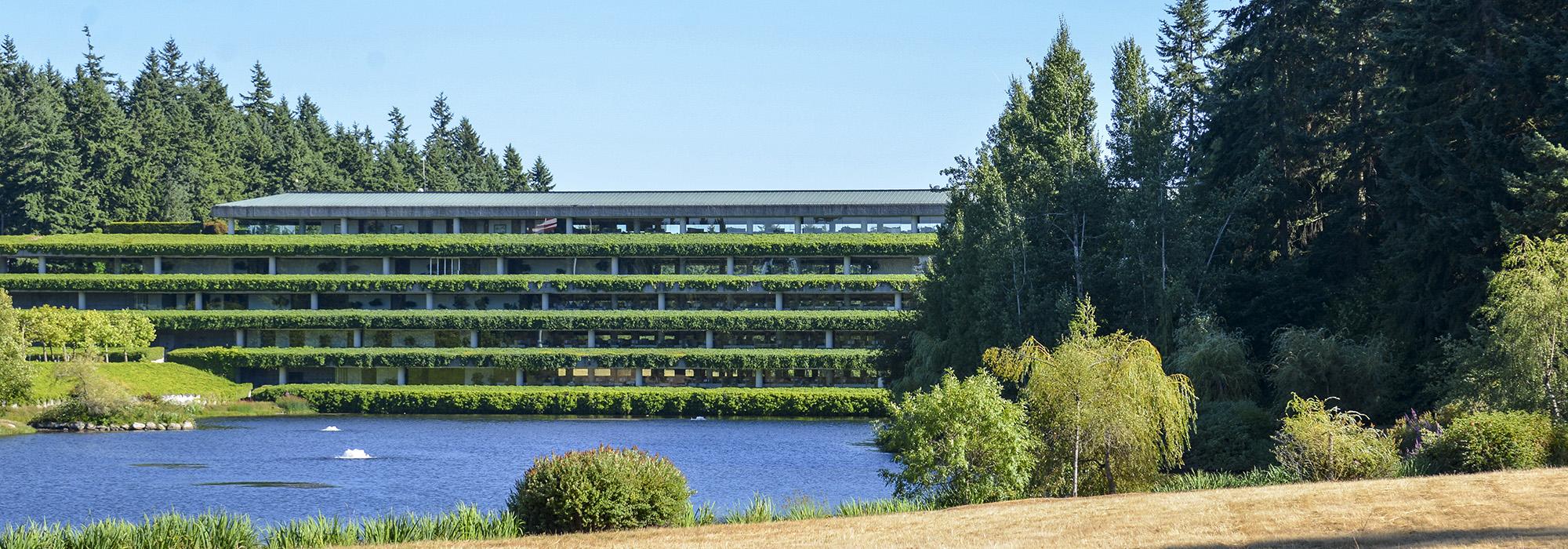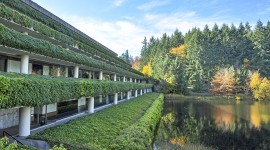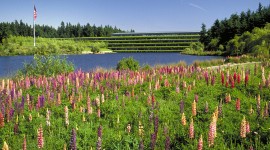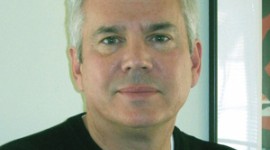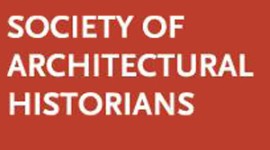Nicholas Adams Warns that "Loss of the [Weyerhaeuser] Building's Relation to the Landscape would be Catastrophic."
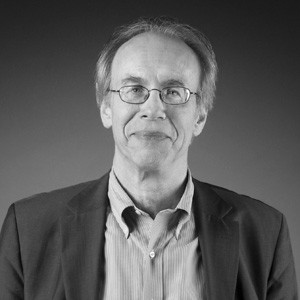
On January 26, 2021, Nicholas Adams, professor emeritus Vassar College, wrote the following letter to Mayor Jim Ferrell of Federal Way, WA, and U.S. Army Corps of Engineers Seattle district commander Col. Alexander Bullock concerning proposals to build 1.5-million square feet of warehouse space at the Weyerhaeuser Corporate Headquarters. The Weyerhaeuser complex, which was completed in 1972, was designed by landscape architect Peter Walker, founding principal of Sasaki, Walker & Associates, and architect Edward Charles Bassett, principal with Skidmore, Owings & Merrill. This new construction would result in the clear-cutting of some 132 mostly forested acres on the 425-acre campus.
I have been alerted about the troubling plans being made for the Weyerhaeuser Corporate Headquarters site in Federal Way.
I am writing as a historian of Skidmore, Owings & Merrill, the architectural firm responsible for the design of the building along with Peter Walker, the landscape architect. In 2007 I published the first independently-authored book about Skidmore, Owings & Merrill (Milan: Electa, 2006; Phaidon, London and New York 2007). In that book I featured a chapter on Weyerhaeuser (pp. 240–247) as one of the most significant buildings of the firm. I noted: "Chuck Bassett [the design partner] and Peter Walker, the landscape architect, managed to create a structure that was both substantial and transparent." I concluded that it was a building whose reputation, over time, could only grow.
That Weyerhaeuser moved out of the building was a loss––but new tenants can, perhaps, remediate the situation. In my opinion, however, the loss of the building's relation to the landscape would be catastrophic. This was a visionary building in a number of ways, not least for the integration of the building and its environmental setting. Respecting the historic core, the building in its landscape, is vital to preserve the character of the site. Buildings and landscapes like those at Weyerhaeuser are not just of historic importance, they are inspirational. We need buildings and landscapes like this these, built half a century ago, to show to future generations what can be done to make landscapes that respect buildings and buildings that complement landscapes.
I hope that you will use your influence to preserve the character of this historically important site and its building.
Nicholas Adams



